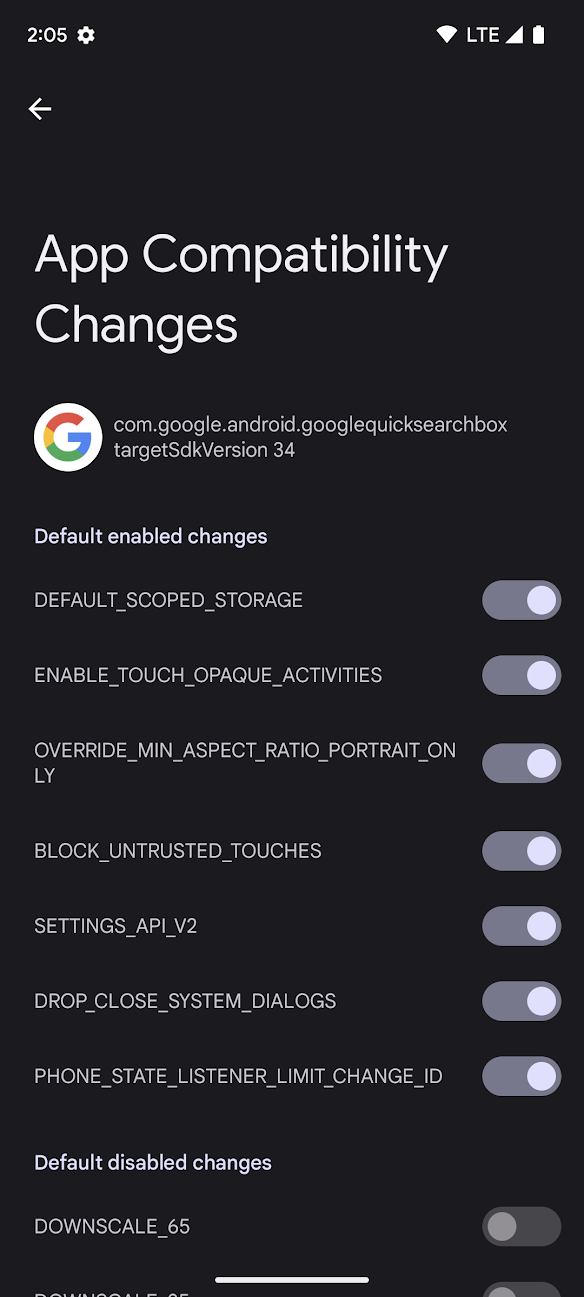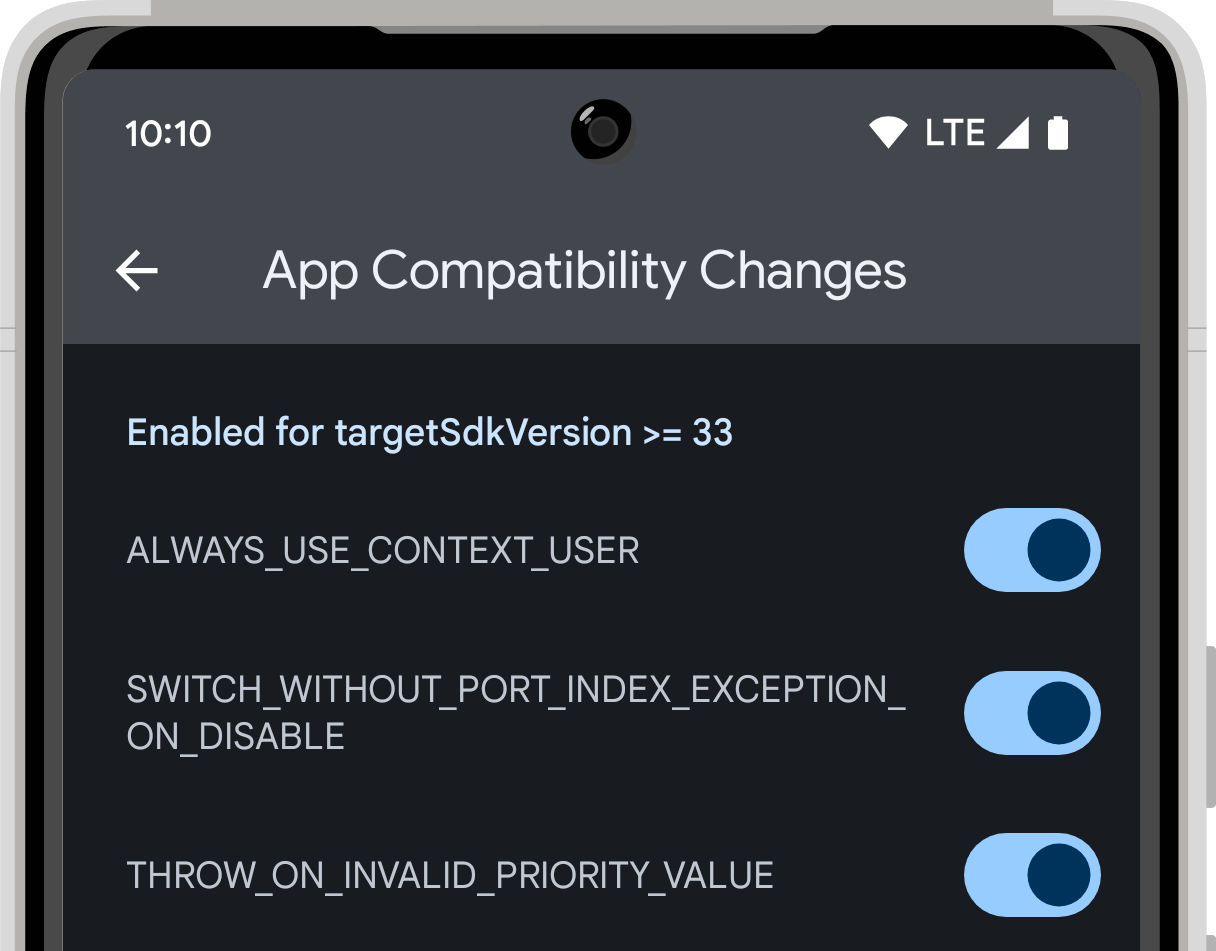App Compatibility Guide: Ensuring Seamless User Experience
In today’s fast-paced digital world, app compatibility is crucial for delivering a smooth user experience across a variety of devices and operating systems. As an experienced developer, it’s essential to understand the nuances of app compatibility and how to optimize your applications for different platforms. This comprehensive guide will walk you through everything you need to know about app compatibility, including best practices, common challenges, and tools that can help you test and improve your app’s performance.

What is App Compatibility?
App compatibility refers to how well an app functions across various devices, screen sizes, and operating systems. With the wide variety of Android and iOS devices in the market, ensuring compatibility across all of them is no small task. However, it’s critical to the success of your app as compatibility issues can lead to crashes, bugs, and a poor user experience.
The Importance of App Compatibility
Ensuring your app is compatible across multiple platforms and devices helps in:
-
Reaching a wider audience: A compatible app works on most devices, enabling more people to use it.
-
Improving user experience: A seamless experience leads to happier users and better ratings.
-
Increasing app retention: Users are more likely to return to an app that works well, which drives engagement.
Common Compatibility Issues
Despite the advancements in mobile technology, developers still face several compatibility challenges. Let’s look at some of the most common ones:
1. Device Fragmentation
One of the biggest challenges in app compatibility is device fragmentation. There are countless Android devices in the market, each with different screen sizes, hardware configurations, and operating system versions. Ensuring your app works well on old devices as well as newer models can be tricky.
-
Solution: Test your app on multiple devices and use Android’s Device Compatibility settings to ensure smooth functionality. For example, Android has tools that can help developers check for compatibility across different screen sizes and operating systems.
2. Operating System Version Compatibility
Another challenge is ensuring your app works across multiple versions of Android and iOS. Not all users update their devices to the latest operating system, and this can create inconsistencies in how your app functions.
-
Solution: Support backward compatibility by using libraries and tools that offer support for older OS versions. For instance, Android’s AppCompat library can help make your app compatible with older versions.

3. API Changes and Deprecation
As mobile operating systems evolve, certain APIs may be deprecated or modified, which can break your app’s functionality if not handled correctly. Staying updated on the latest API changes is vital to maintaining compatibility.
-
Solution: Keep your app up-to-date with the latest SDKs and use compatibility modes for deprecated features. Check developer release notes regularly to avoid sudden incompatibility issues.
4. Screen Size and Resolution Variations
Different devices come with varying screen sizes and resolutions, which can affect the appearance of your app. It’s crucial to design your app to adapt to different screen sizes to maintain usability and visual appeal.
-
Solution: Use responsive design techniques, and leverage tools like constraint layouts and vector drawables to scale properly on various devices.
Best Practices for App Compatibility
To ensure your app provides the best possible user experience on every device, follow these best practices:
1. Test on Real Devices
While emulators are useful, they cannot perfectly replicate the performance and behavior of a real device. Always test your app on real devices with different screen sizes, operating systems, and hardware specifications.
-
Tip: Invest in a device lab or use cloud-based testing platforms to test your app on a wide range of devices.
2. Use the Latest SDKs and Tools
Developers should always use the latest software development kits (SDKs) provided by Google and Apple. This ensures that your app remains compatible with the latest features and security patches.
-
Example: Google Play Console and Xcode both provide tools for testing app performance and compatibility on various devices and operating systems.
3. Implement Auto-Updates for Critical Fixes
Ensure that users automatically get updates when your app encounters compatibility issues. Auto-updates help ensure that users always run the latest version, minimizing issues with older versions of the app.
-
Tip: Encourage users to enable automatic updates to keep the app updated without any manual intervention.
4. Focus on Compatibility for Older Devices
It’s easy to focus on the latest devices, but a significant portion of the market still uses older smartphones and tablets. By ensuring compatibility with older devices, you can reach more users.
-
Example: On Android, the AppCompat library allows apps to maintain a modern UI while supporting older devices, which is especially helpful for backward compatibility.

Tools to Help with App Compatibility Testing
Various tools are available to help developers ensure app compatibility across devices and operating systems. Here are a few tools you should consider:
1. Android Device Monitor
The Android Device Monitor is a powerful tool for analyzing your app’s performance across different devices. It helps monitor memory usage, CPU, and even network traffic, providing a holistic view of how your app performs.
2. Firebase Test Lab
Firebase Test Lab provides automated and manual testing of your app on a wide range of devices and operating systems. This tool simulates real-world conditions and gives detailed reports about your app’s compatibility issues.
3. Xcode Simulator
For iOS developers, the Xcode Simulator is a great tool for testing your app on various iPhone and iPad models without needing physical devices.
FAQ: App Compatibility
Q1: Why is app compatibility important for my app’s success?
A1: App compatibility ensures that your app works seamlessly across multiple devices and operating systems, which is essential for a positive user experience and increased app downloads.
Q2: How can I make my app compatible with older devices?
A2: Use backward compatibility libraries such as AppCompat for Android, and avoid using features or APIs that are not supported on older devices. Regularly test on older devices to ensure functionality.
Q3: How do I handle screen size variations?
A3: Implement responsive design principles, use scalable vector graphics (SVGs), and avoid fixed-size layouts. This ensures your app looks great on all screen sizes and resolutions.
Q4: What tools can help me test app compatibility?
A4: Tools like Android Device Monitor, Firebase Test Lab, and Xcode Simulator are great for testing your app’s compatibility across multiple devices and operating systems.
Q5: Can I automate app compatibility testing?
A5: Yes, you can automate testing using tools like Firebase Test Lab, which allows you to run automated tests on a variety of devices.
Conclusion
Ensuring app compatibility is not just a technical requirement; it’s key to delivering a top-notch user experience. By addressing common compatibility issues, using the right tools, and following best practices, developers can create apps that work seamlessly across various devices and operating systems. Always stay updated on the latest SDKs, test on real devices, and focus on backward compatibility to ensure your app continues to perform well.
Remember, app compatibility isn’t just about avoiding errors—it’s about providing users with an app they can rely on, no matter what device they are using.
Stay ahead of the competition by mastering app compatibility and creating an app that’s accessible to everyone.



